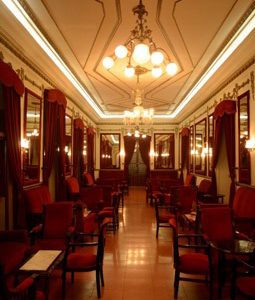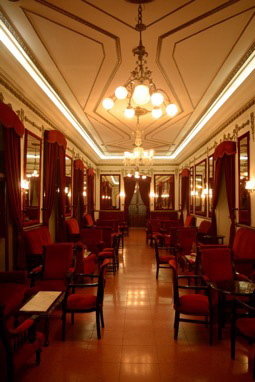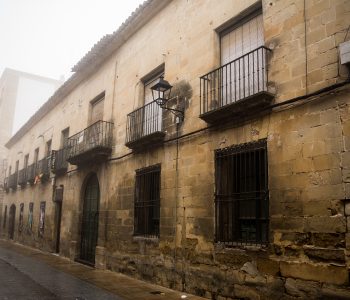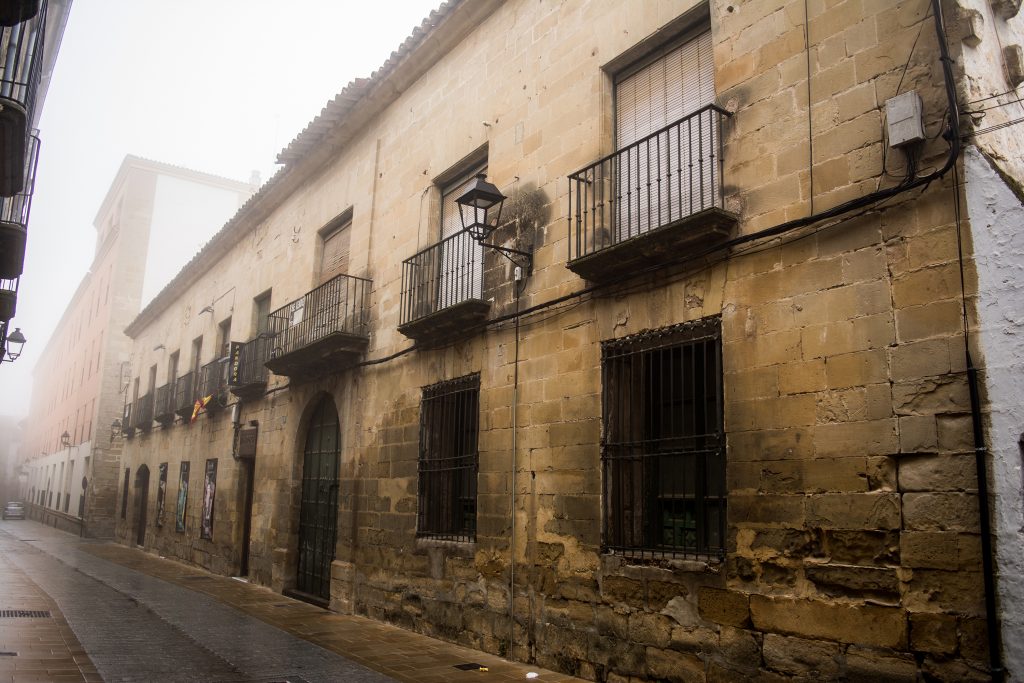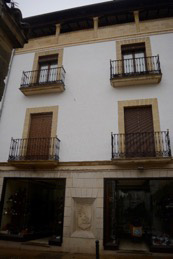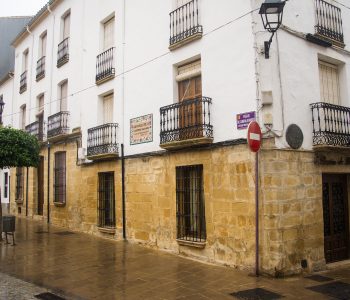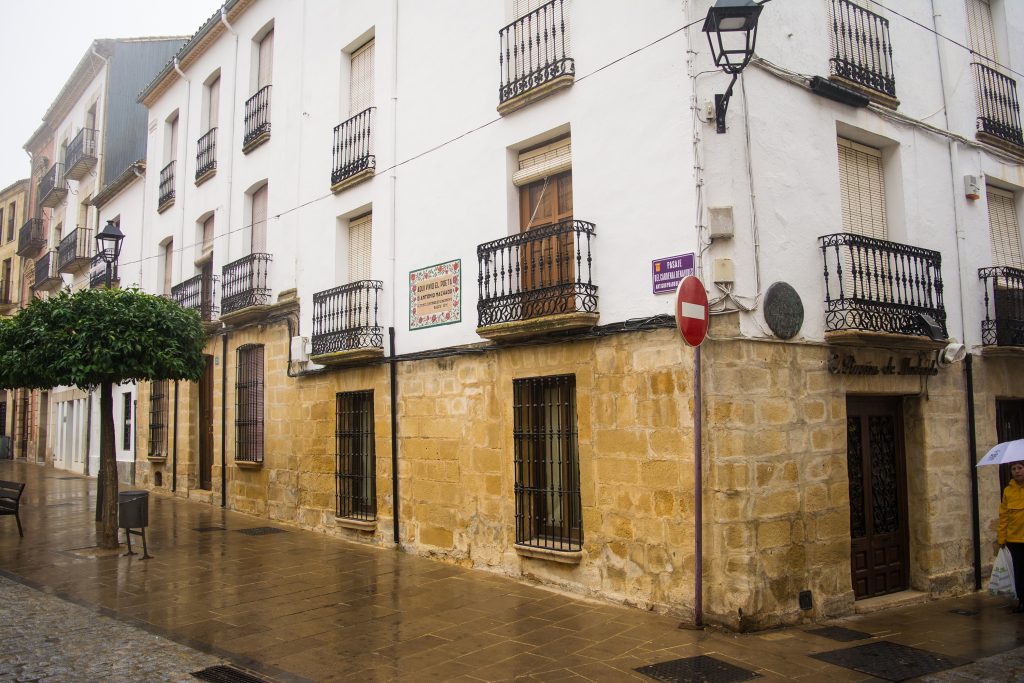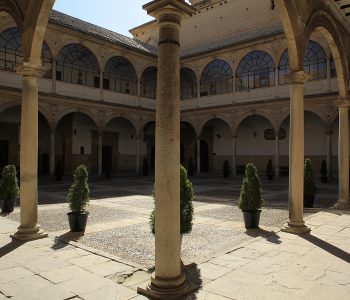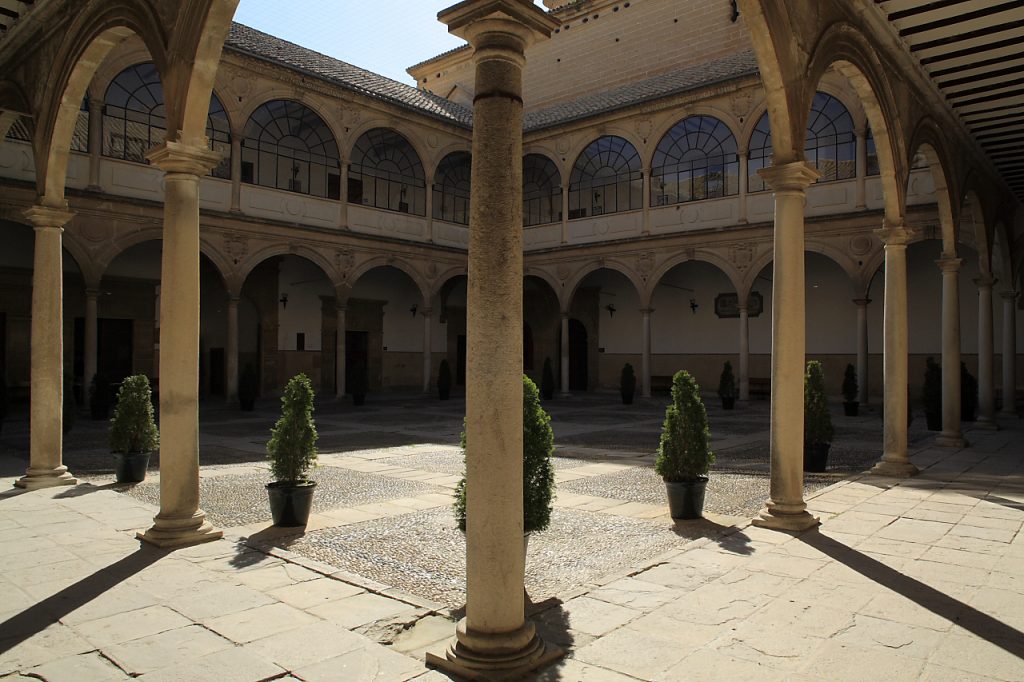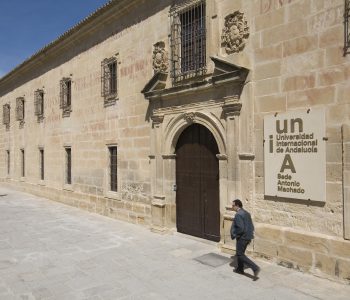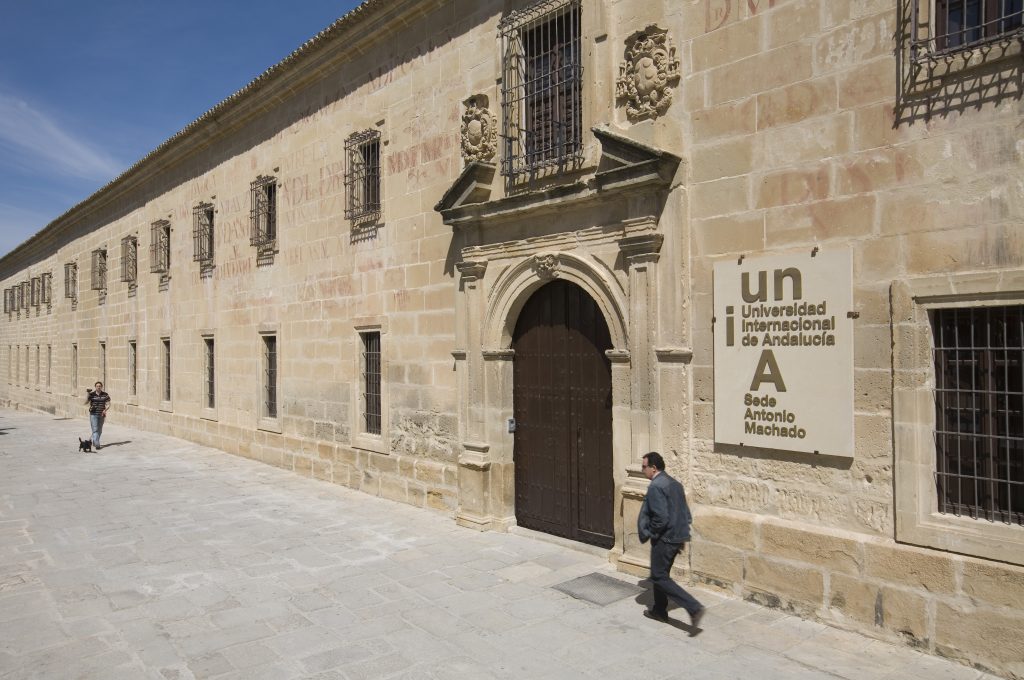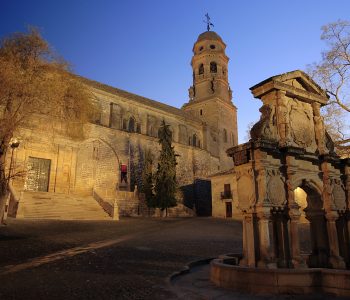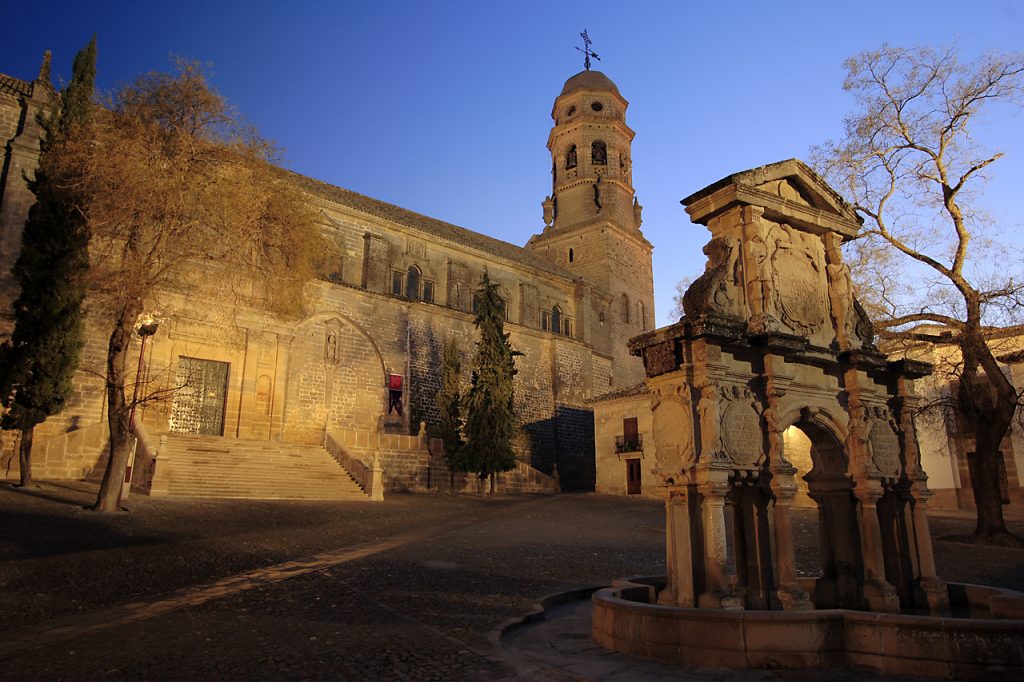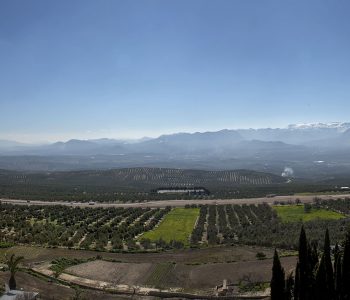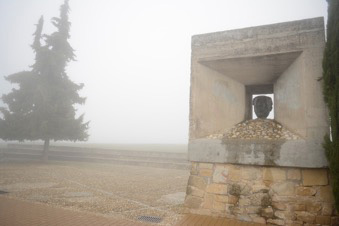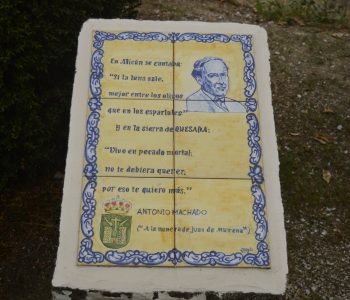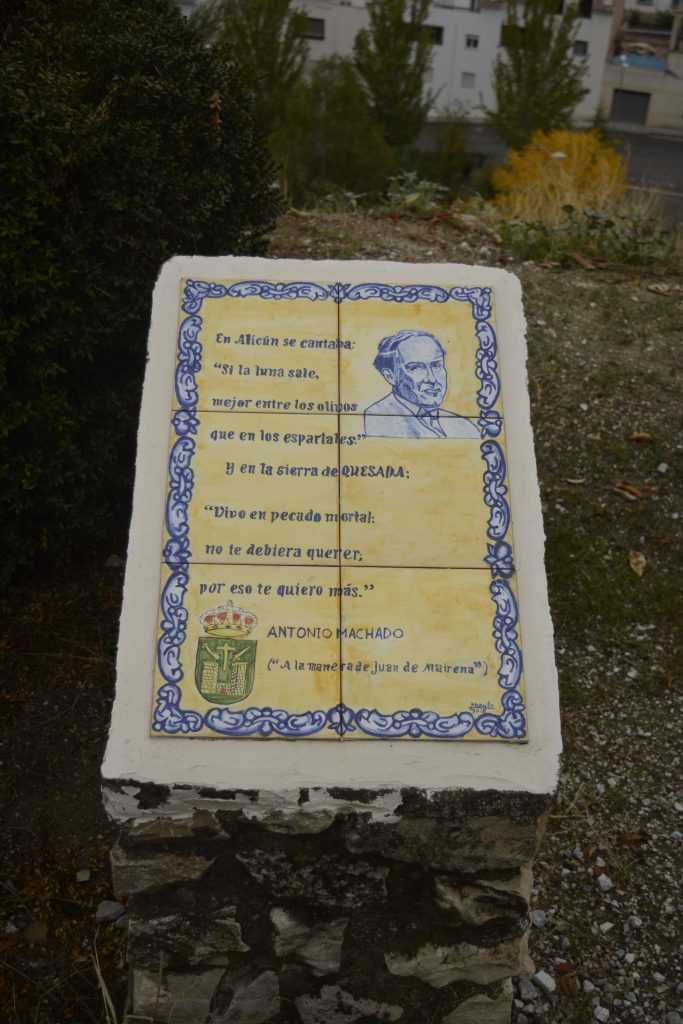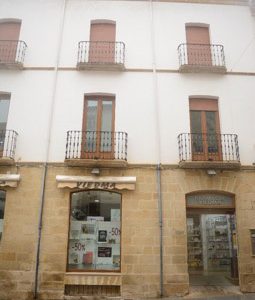 No category
No category
Late Hotel Comercio
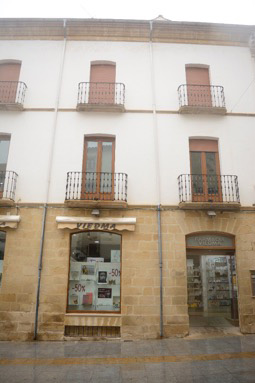
During the first two years of his stay in Baeza, Antonio Machado lived alone, still without his mother, Mrs. Ana Ruiz, in the now vanished Hotel Comercio, the only inn in the entire city, located on Calle San Pablo.
Today the hotel is converted into flats and only its facade is preserved. Until its transformation, the room was preserved as it was occupied by the poet, number 15 on the first floor, whose balcony overlooked the front of the Palacio de los Salcedo and had a view to the mountains of Magina to the west.
